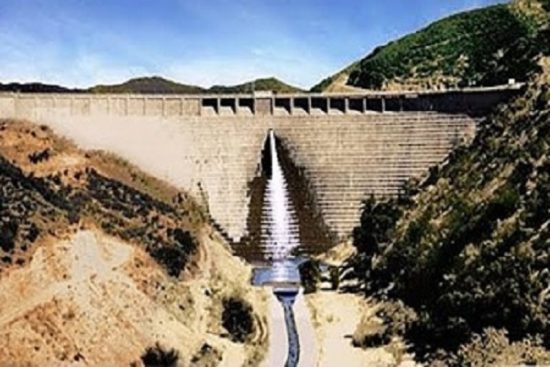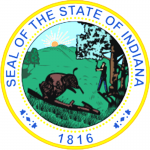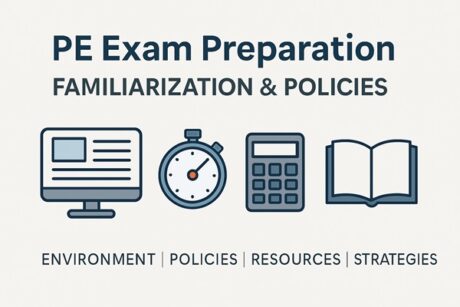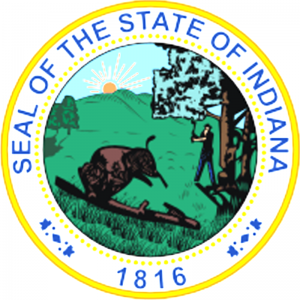- Webinar No: WBNR-1114
- PDH Units: 2
No data found for Custom Course Number
No data found for Custom Course Units
- Webinar No: WBNR-1114
- PDH Units: 2
Intended Audience: All Engineers
Credits: 2 PDH Units
When: 11/17. 2-4 pm
This webinar will examine the ethical issues that arose from the 1928 failure of the St. Francis Dam near Los Angeles, California. Near midnight on March 12 of that year the 195-feet high concrete arch dam collapsed catastrophically, releasing 12 billion gallons of flood waters downstream in a flood wave that reached a depth of 140 feet with average velocities estimated at 26 feet per second. By 5:30 AM on March 13 flood waters nearly two miles wide reached the Pacific Ocean near Ventura, California. The flood killed more than 450 people and was worst civil engineering failure in the U.S. since 1900. In this webinar you will learn about the political and economic forces behind the project, the people who controlled the project, the ethical issues that were raised by the tragedy, and lessons the engineering profession learned from the tragedy.
Date: Wednesday. November 17. 2 - 4 pm ET Credits: 2 PDH Units
Please note: this ethics webinar is intended to fulfill the annual ethics course requirements for most professional certifications and registrations.Learning Objectives
At the successful conclusion of this webinar, you’ll be able to identify and discuss:- Learn about the history of the project and the economic and political issues that shaped its development.
- Learn about the dam’s relation to the controversial Los Angeles Aqueduct.
- Learn about the well known public agency manager who controlled the project.
- Learn about the indications of trouble that were inspected before the failure but ignored.
- Learn about the dam break flows and velocities that resulted from the collapse.
- Learn about soil conditions at the site that should have been investigated and accommodated in the design.
- Learn about the dam height increases during construction that were not properly accommodated in the design.
- Learn about the ethical issues that were raised by the failure of the dam.
- Learn about the public agency manager’s engineering qualifications that raised ethical questions.
- Learn about the importance of professional training in avoiding similar incidents in the future.
Special Webinar Instructions
After payment, please visit this webinar page, click "Start Course" and fill out the Zoom Webinar Registration Form. You'll then be able to access the webinar slides, test your system and receive webinar reminders. After completing the webinar requirements, your certificate of completion will be saved and available for download in your profile. We value your feedback! Please rate this webinar after completion.Group Discounts Available
Course Reviews
3.9
- 5 stars5
- 4 stars5
- 3 stars2
- 2 stars2
- 1 stars0
Once completed, your order and certificate of completion will be available in your profile when you’re logged in to the site.











The slides were extensive and informative. The lecturer did not follow the slides and his presentation was difficult to follow since the audio system was defective at times and his mode of speech was rambling. Good topic but really poor choice of presenter.
The speaker made important points that significant projects need to be designed and managed by experienced professional engineers and not by politicians.
In addition, professional engineers need to stand up to non-linear thinkers (politicians) who try to take control of the project.
Considering the topic is a significant engineering failure example, this webinar offered little detail. Three reasons for the dam failure were given, two engineering and one political, then the latter was rehashed several times. I expected more information, quite a bit more, from a two hour seminar.
The course presenter made several incorrect statements regarding the technical features of the St. Francis Dam, facets of the dam failure mechanisms, possible root causes, common engineering practice at the time the dam was designed and then constructed. Information pertaining to ethics, the courses main subject, was purely built on supposition and conjecture. No excerpts from historic documents were used/presented to substantiate any claims and there are several documents that could have been referenced/cited. The presenter is basically a story teller with very little meaningful content regarding dam engineering practice and ethics in a technical work setting. Not a single quiz question pertained to ethics. I have over 35 years experience in dam engineering and know this failure (not collapse) well, have visited the former dam site, and know there is so much more to the story that could been shared but unfortunately was not. Not to be harsh but the presenter is amateurish at best.
Good review of the lessons-learned from the 1928 dam collapse.
The instructor, J. Paul Guyer, P.E., R.A., was well-versed in the course material and presented the material clearly.
Well thought out presentation and well and clearly presented.
Some sound Tech issues.
Overall, informative and a great example of what not to do; DO NOT let politics overrule the Engineering.
I thought that the presented did a good job describing the background and events leading up to the disaster. However, I don’t think that the issues surrounding this event should tale 2 hours to layout and discuss. I think some discussion of the question “Did the errors leading up to the dam collapse constitute negligence on the part of the designers?” would have been useful.
The materials could have been reviewed and presented in 30 minutes. While interesting, there was more conjecture regarding the ethics example than perhaps existed. Robert Moses built the many large structures in NYCity and on the Niagara River, and the highways of Long Island and was not an engineer. And what he did then ethically could never be repeated today, but millions of people appreciate his work as they drive to work.
I think there was time for more contemporary materials to be presented than one dam failure. Maybe the recent pedestrian bridge failure in Florida, wherein many licensed engineers (public and private) were part of the design, inspection, oversight, and decision making. An interesting case my staff has learned hard lessons from.
The webinar was detailed and a great source of knowledge and the need for professional application of engineering.
Very interesting seminar! I always like to see engineering failures and see how the failure happened and why.
Interesting topic, good presentation.
A couple of points to consider:
The Coroner’s inquest had political motives (Asa Keys DA) and well as technical input.
Must keep in mind the time frame and what was “acceptable practice” in 1925-1928 vice what is acceptable now; I don’t disagree with the findings from the inquest but there has been extensive maturation of the engineering disciplines and registration process to reach what we enjoy today. This can help answer why what could/would be criminal today was limited to civil liability in 1928.
Thank you
John
The webinar was informative and interesting. I was not aware of this catastrophe prior to taking the course.